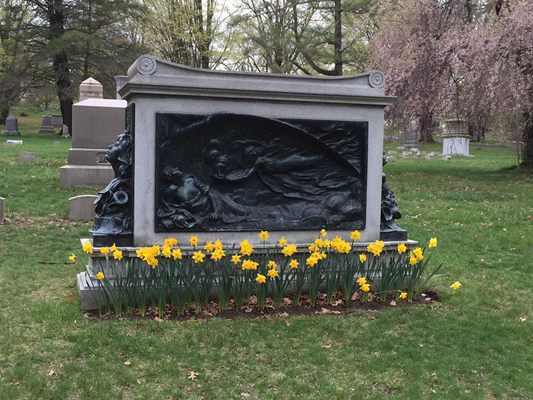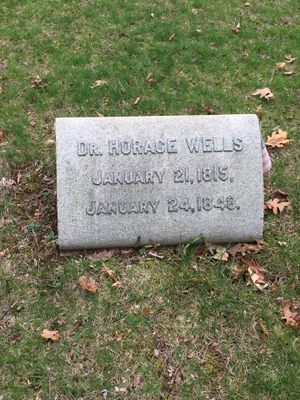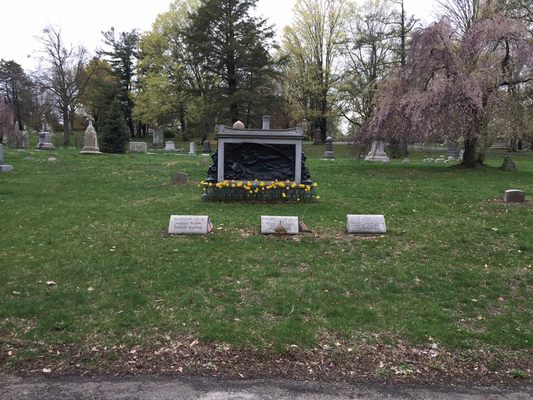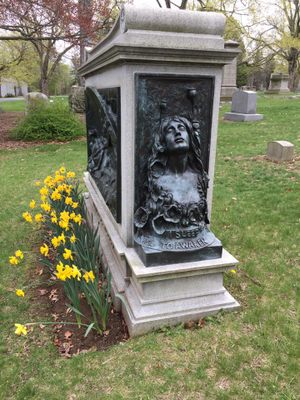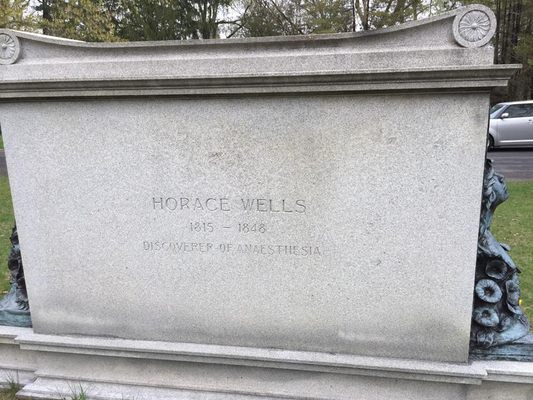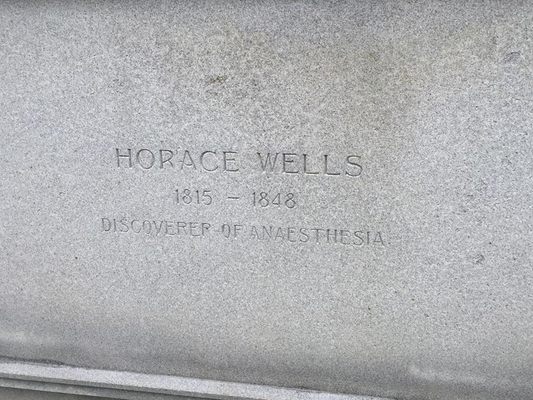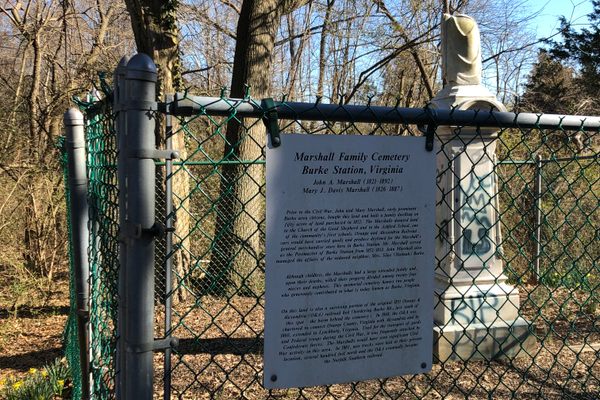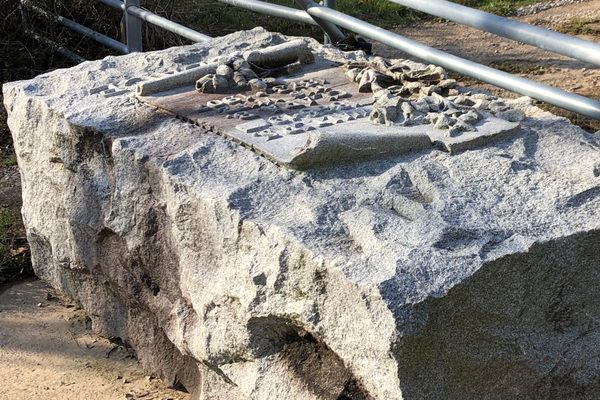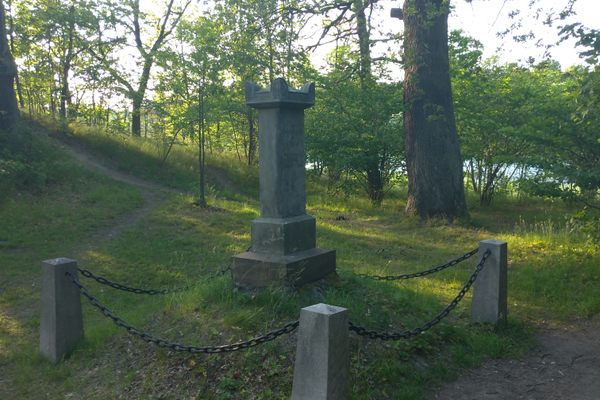About
Modern surgery would be very different without the numbing effects of anesthesia, and a dentist in New England was the first to experiment with its use.
In 1844 Dr. Horace Wells and his wife attended a “laughing gas” demonstration in Hartford, Connecticut, where showman Gardner Colton called upon volunteers to try out the nitrous oxide. Wells noticed that one man didn’t react as he banged his leg against a bench while high from the gas. After the nitrous oxide wore off, the man had no memory of obtaining the bruises on his shins.
Horace Wells, a dentist who had been concerned with the amount of pain his patients felt during procedures, invited Colton to his practice to test nitrous oxide as a potential anesthetic. Wells ingested the gas and had his assistant extract a troublesome tooth. The trial was successful. He felt no pain. He used the gas on 12 patients with positive results over the next few days. Wells took his discovery to Boston to show an old colleague of his, William Morton, who helped him set up a demonstration for medical students at the Massachusetts General Hospital in Boston.
But during the demonstration, the gas was improperly administered and the patient cried out in pain. The audience jeered, and Wells returned home embarrassed and broken. He fell ill and neglected his practice. By the end of 1845 he’d referred all his patients to another dentist.
In 1846 Morton gave a successful demonstration of ether anesthesia in Boston. Wells published a letter about his own trials in 1844 to claim the discovery of anesthesia was his, but it went ignored.
Wells patented and sold shower baths until early 1847 when he traveled to Paris to purchase paintings to resell in the U.S. and petition the Parisian Medical Society for recognition in the discovery of anesthesia.
In January 1848, Wells left his wife and son behind and moved to New York. He began experimenting with ether and chloroform, and on January 21, in a chloroform-induced frenzy he attacked two women with sulfuric acid. Fortunately only their clothes were burned and he was detained in The Tombs Prison in Manhattan. Upon sobering up, he realized what he’d done and took his own life. Only twelve days before his death, unbeknownst to him, the Parisian Medical Society had voted to honor him as the first to perform surgical operations without pain.
Wells is buried with his family in Hartford. His tombstone features a simple engraving: “The Discoverer of Anesthesia.”
Related Tags
Know Before You Go
When you enter the cemetery take the long drive past the pond and turn left. The grave and memorial will be on your right near a large tree. If you pass a large crypt on your left you have gone too far. The gates close at dusk; if you’re in a car you’ll be stuck inside, but there is an open arch to leave by foot. It’s illegal to go into the graveyard after dark.
Community Contributors
Added By
Published
August 31, 2017
Sources
- https://www.findagrave.com/cgi-bin/fg.cgi?page=gr&GRid=5820828
- http://www.bushnellpark.org/attractions/horace-wells
- http://www.waymarking.com/waymarks/WMPG98_Dr_Horace_Wells_Cedar_Hill_Cemetery_Hartford_CT
- http://conserve-art.com/horace-wells-memorial/
- http://escholarship.umassmed.edu/cgi/viewcontent.cgi?article=1141&context=anesthesiology_pubs
